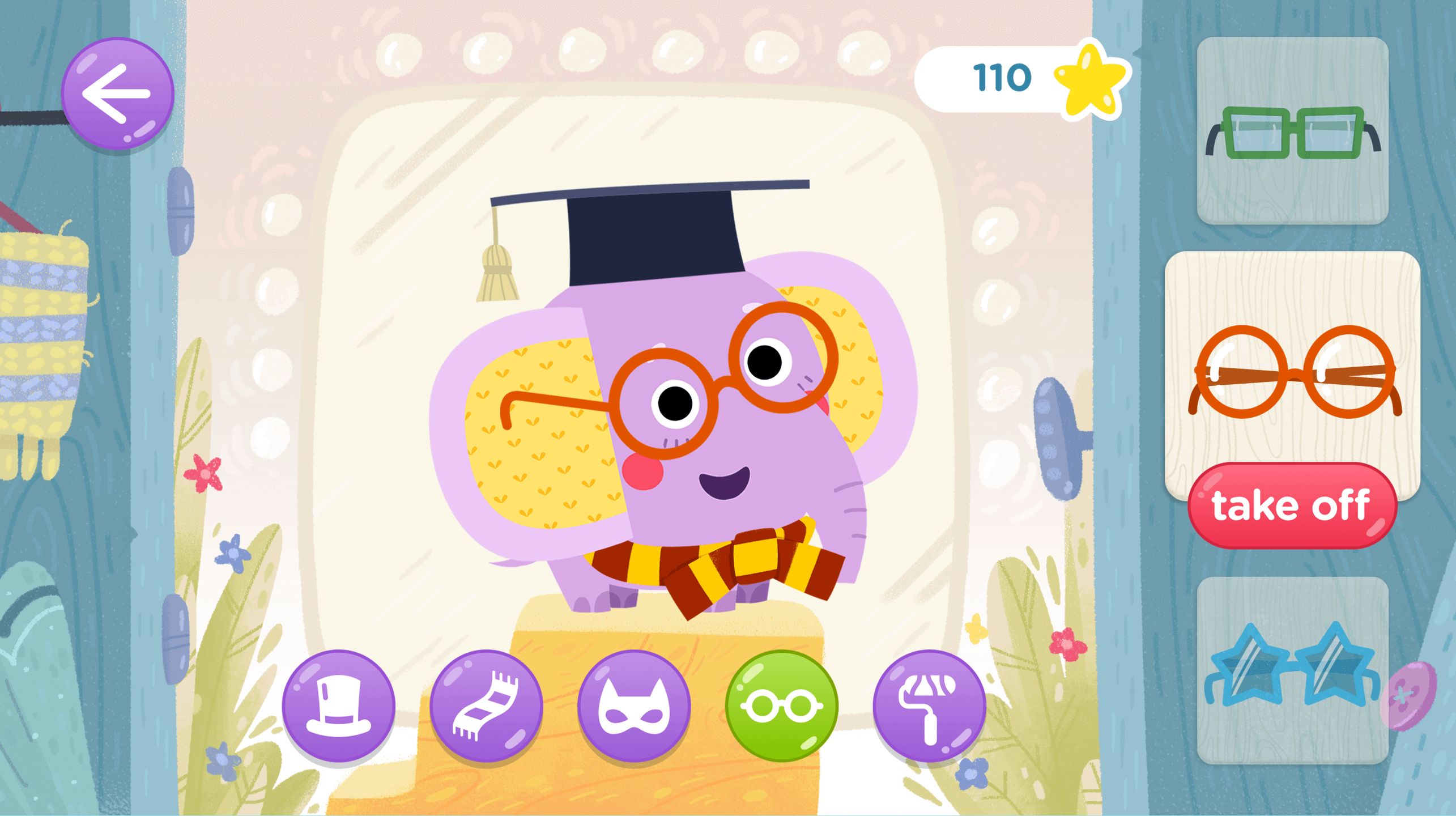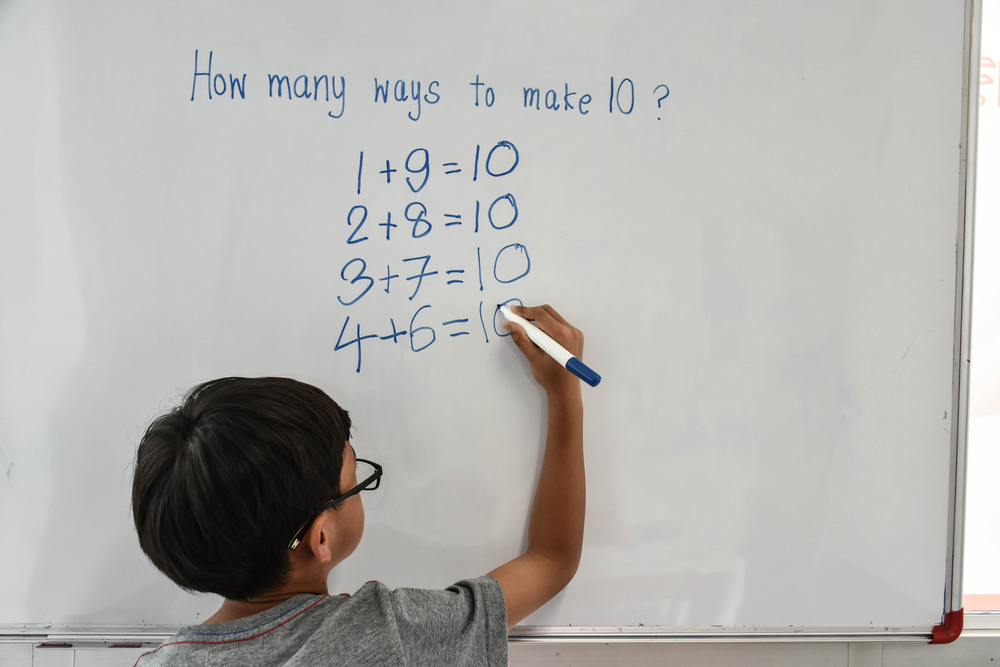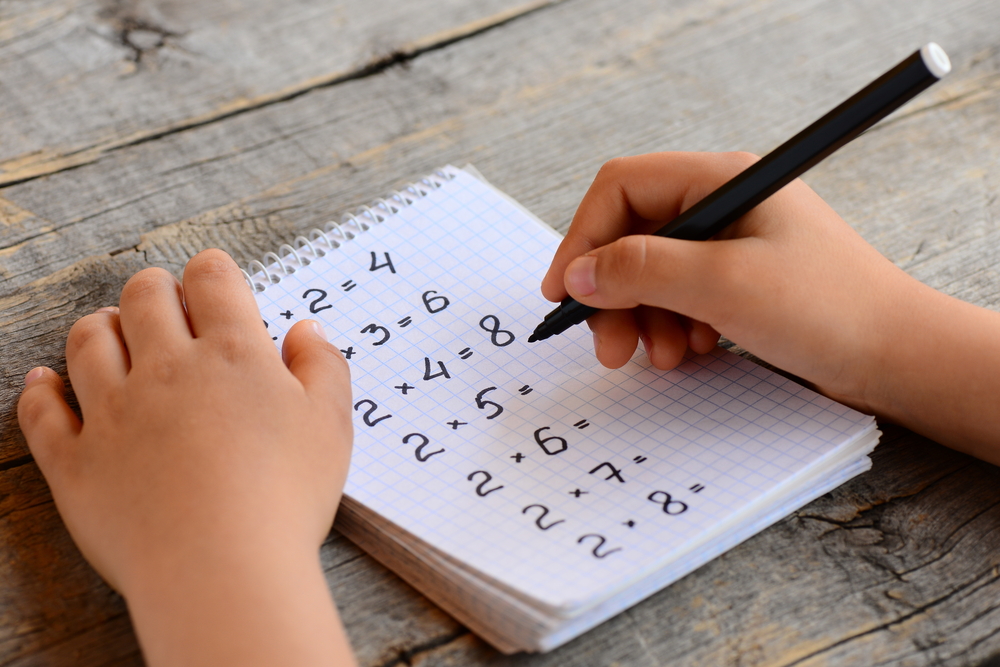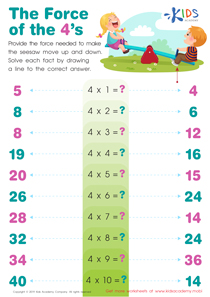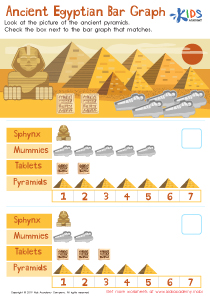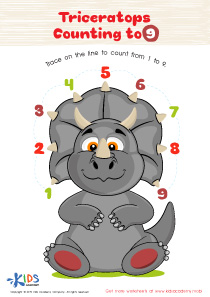Visual Learning Easy Addition & Subtraction Worksheets for Ages 4-6
5 filtered results
-
From - To
Discover the exciting world of math with our "Visual Learning Easy Addition & Subtraction Worksheets,” designed specifically for children ages 4-6. These engaging worksheets incorporate vibrant visuals and interactive elements to make learning math fun and effortless. With simple and colorful illustrations, kids can easily understand the concepts of addition and subtraction, helping to build a strong foundation in mathematics. Perfect for home or classroom use, these worksheets promote visual learning, critical thinking, and problem-solving skills. Encourage your child's love for numbers and watch as they confidently master addition and subtraction through enjoyable activities tailored to their developmental needs!
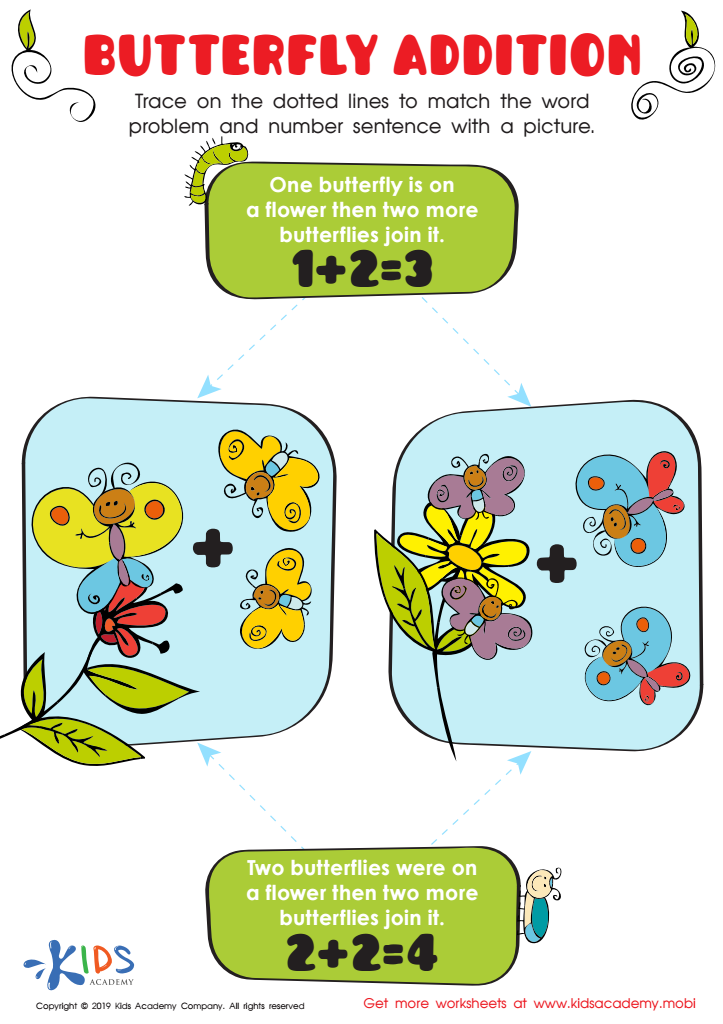

Butterfly Addition Worksheet


Subtracting Socks Worksheet
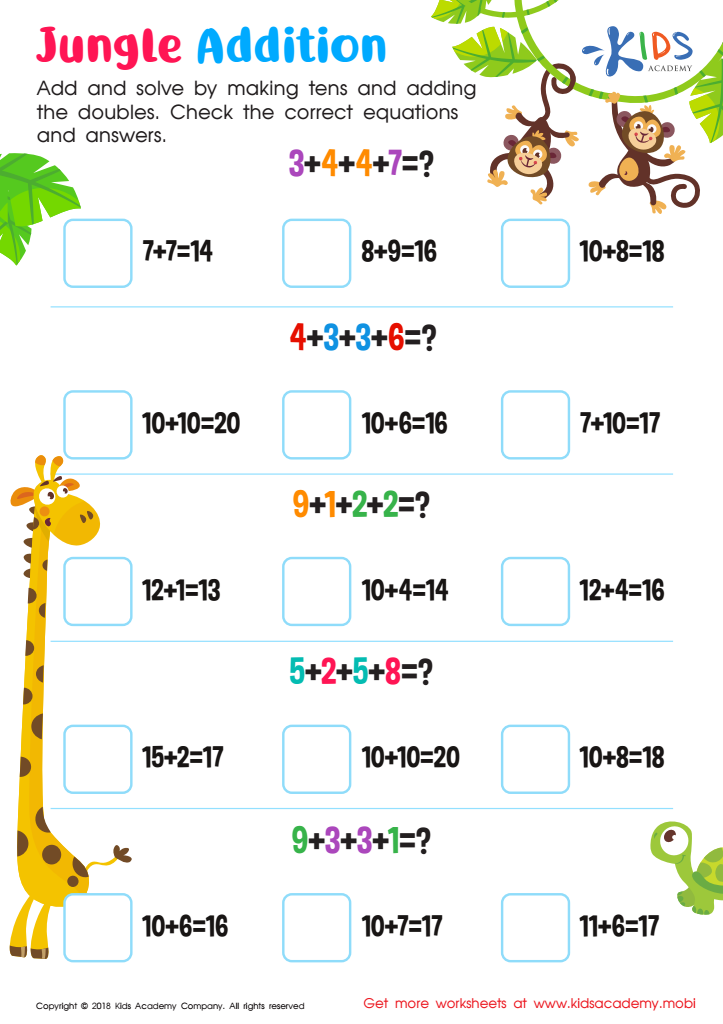

Jungle Addition Worksheet


Addition at the Zoo Worksheet
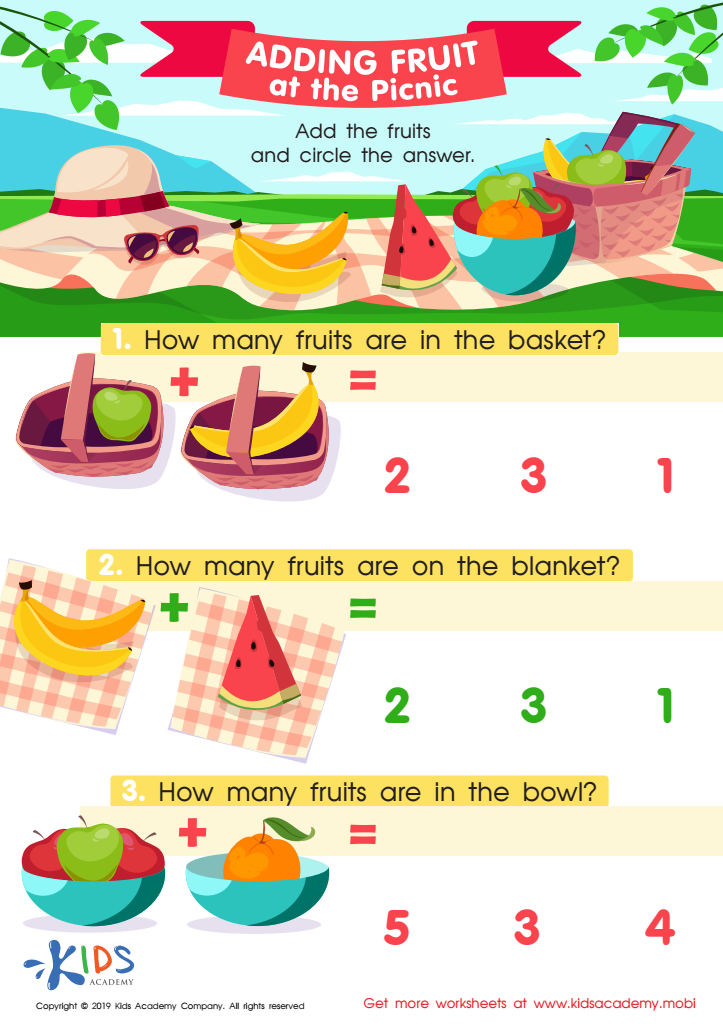

Adding Fruit at the Picnic Worksheet
Parents and teachers should prioritize Visual Learning Easy Addition & Subtraction for children aged 4-6 due to its profound impact on early mathematical understanding. During these formative years, children are naturally inclined to explore and learn through visual and hands-on experiences. Visual learning tools, such as counting cards, colorful manipulatives, and engaging illustrations, help make abstract concepts more concrete, allowing young children to grasp the principles of addition and subtraction effectively.
Engaging visuals stimulate interest and motivation, making math feel fun rather than daunting. When students can see and physically manipulate objects, they develop a deeper comprehension of numerical relationships, laying a solid foundation for future learning. Additionally, these methods accommodate different learning styles, ensuring that all children—from visual learners to kinesthetic learners—can engage with and access mathematical concepts.
Using visual aids can also reinforce problem-solving skills, critical thinking, and cognitive development. In nurturing a positive attitude towards math at an early age, parents and teachers can help curb math anxiety, fostering a lifelong love for learning. By focusing on visual learning strategies for simple addition and subtraction, caregivers can contribute significantly to a child's educational journey, promoting confidence and competence in mathematics from the very start.
 Assign to My Students
Assign to My Students



